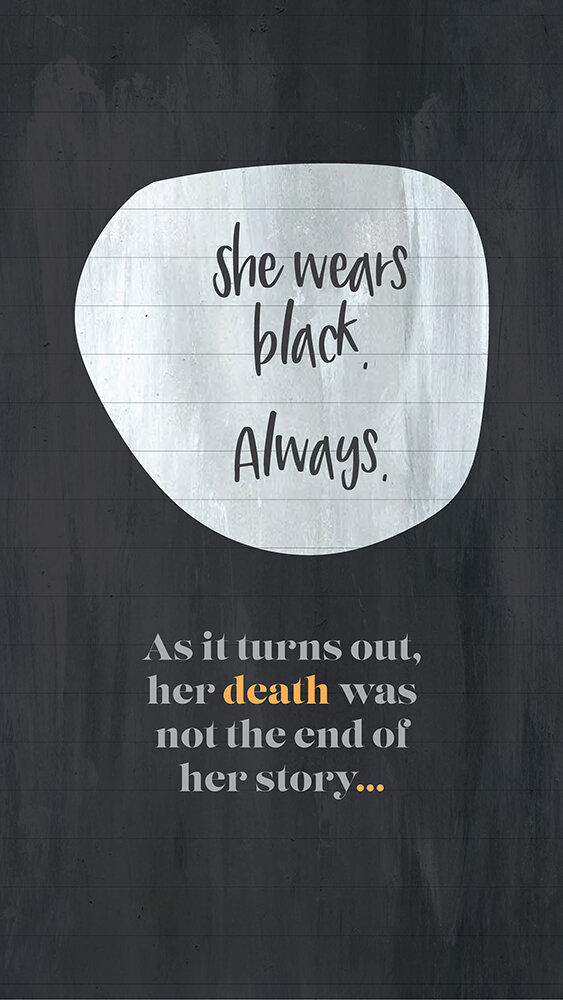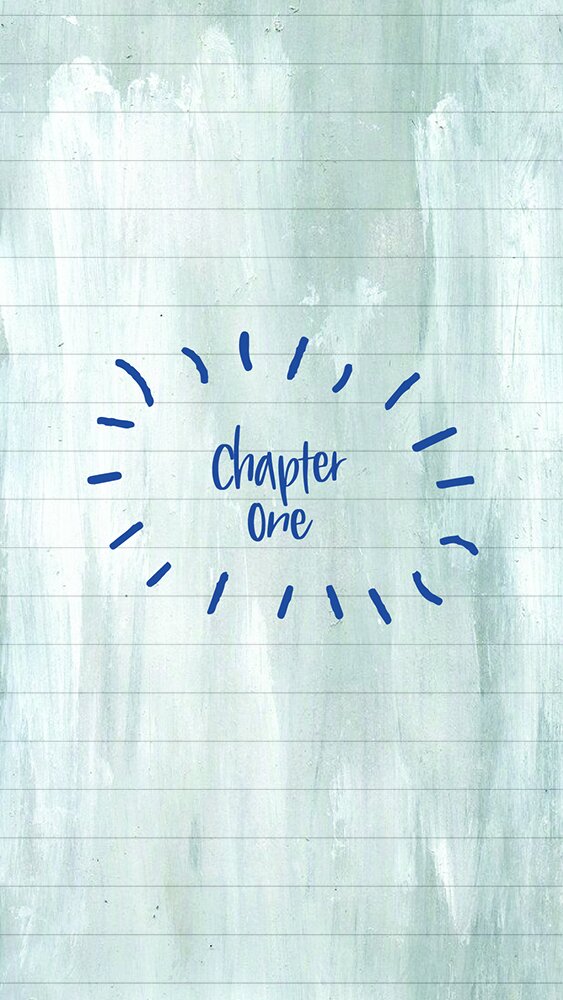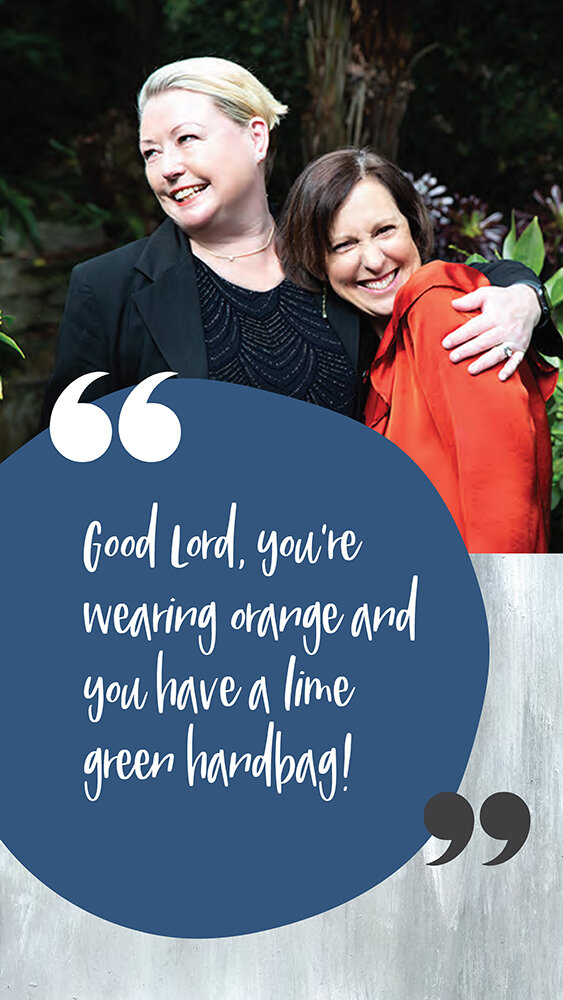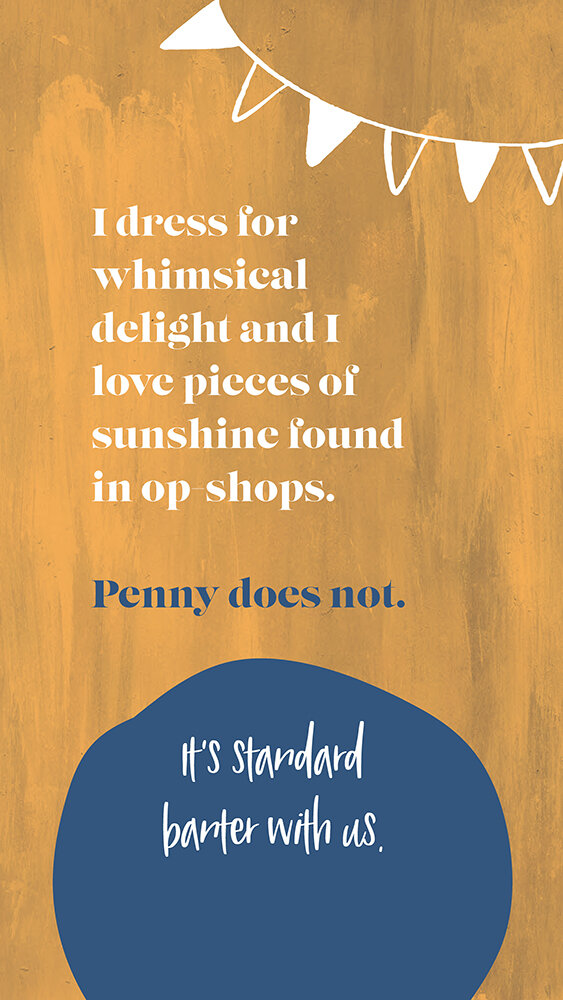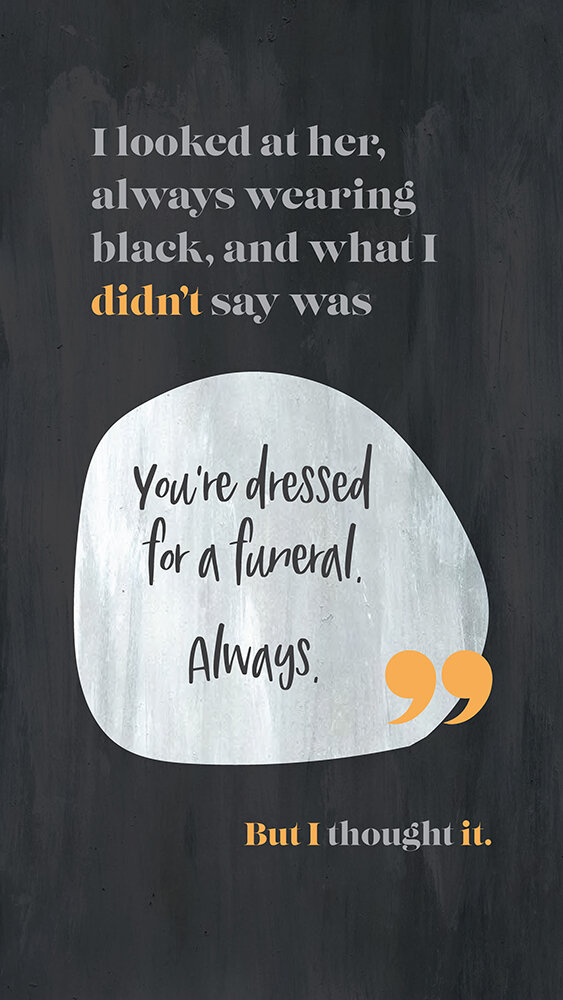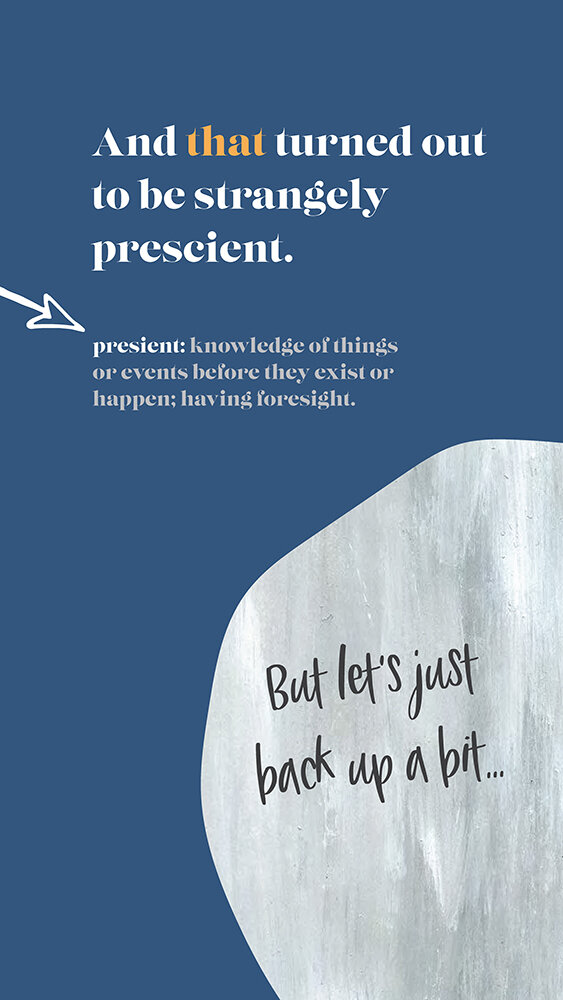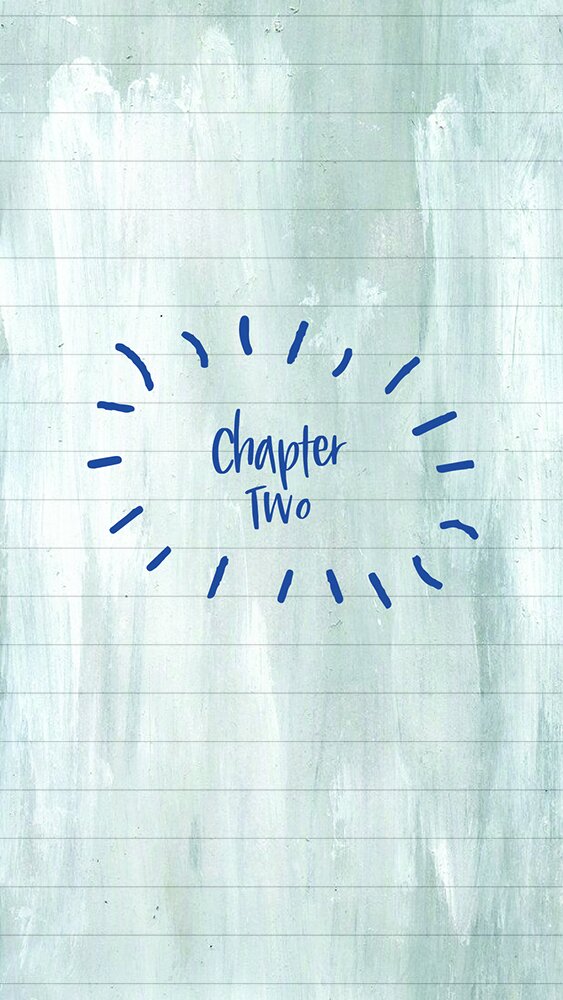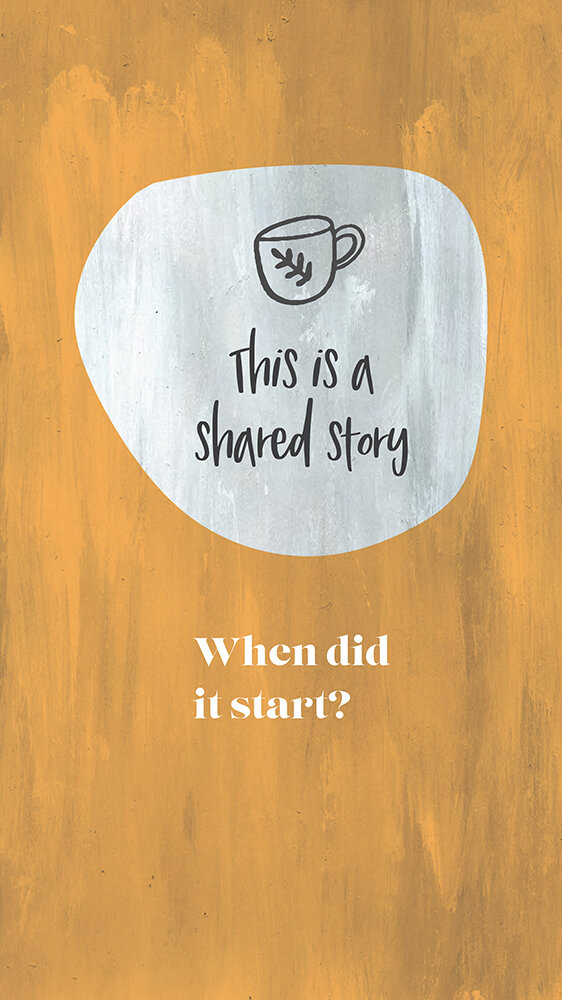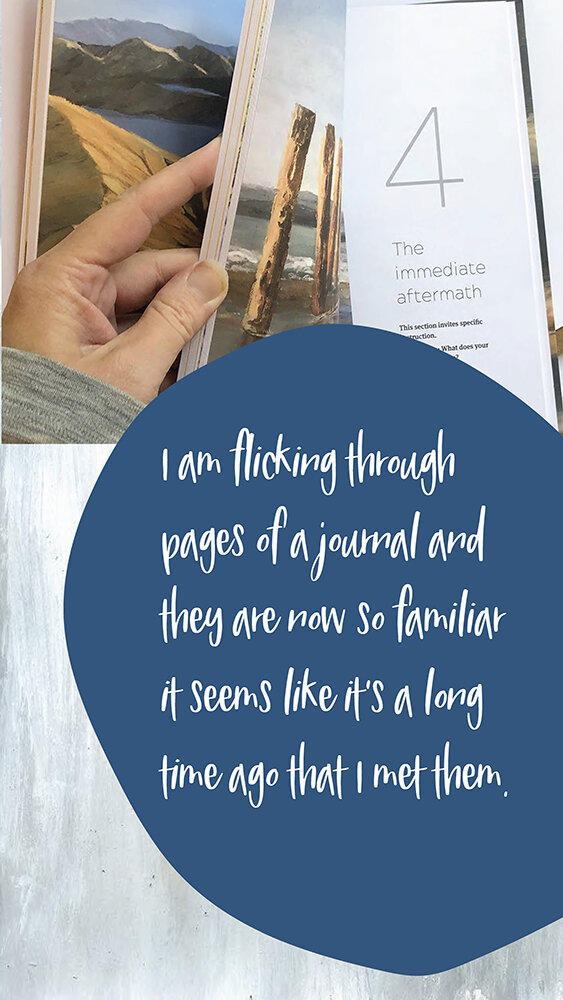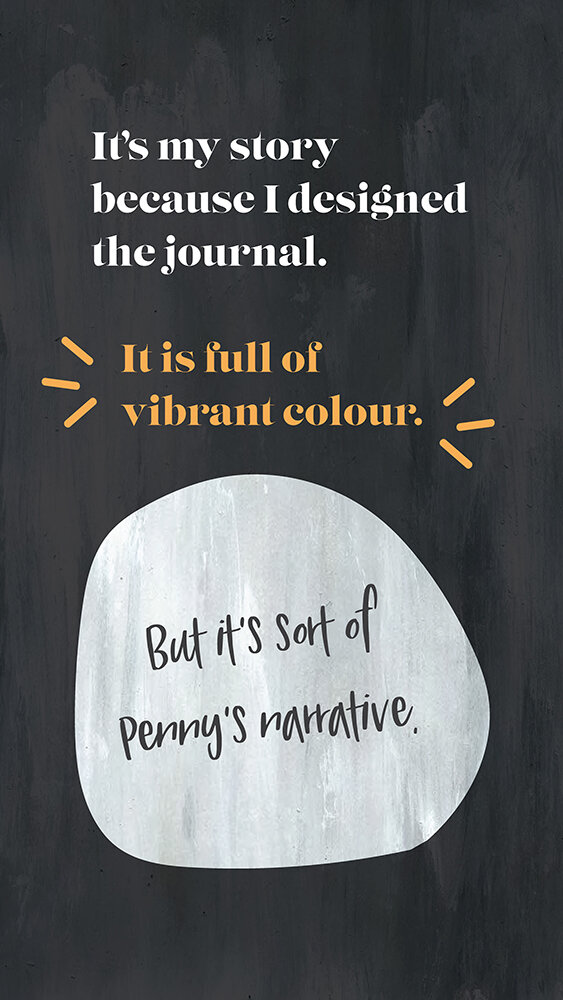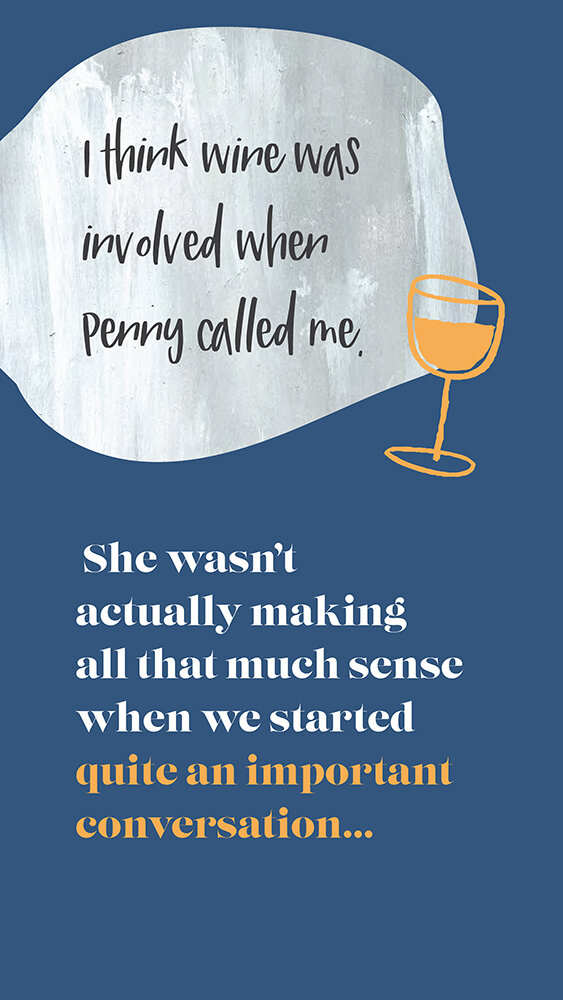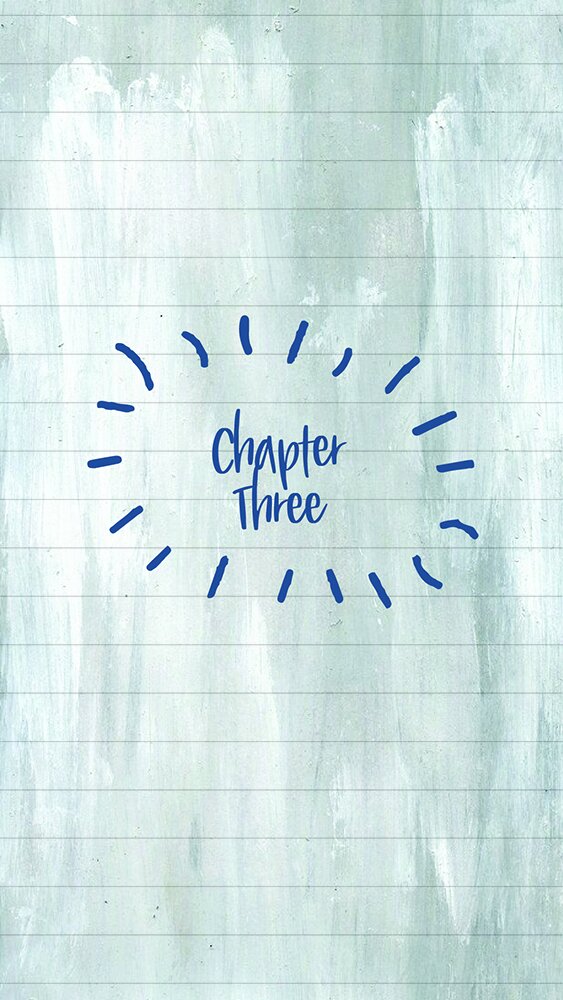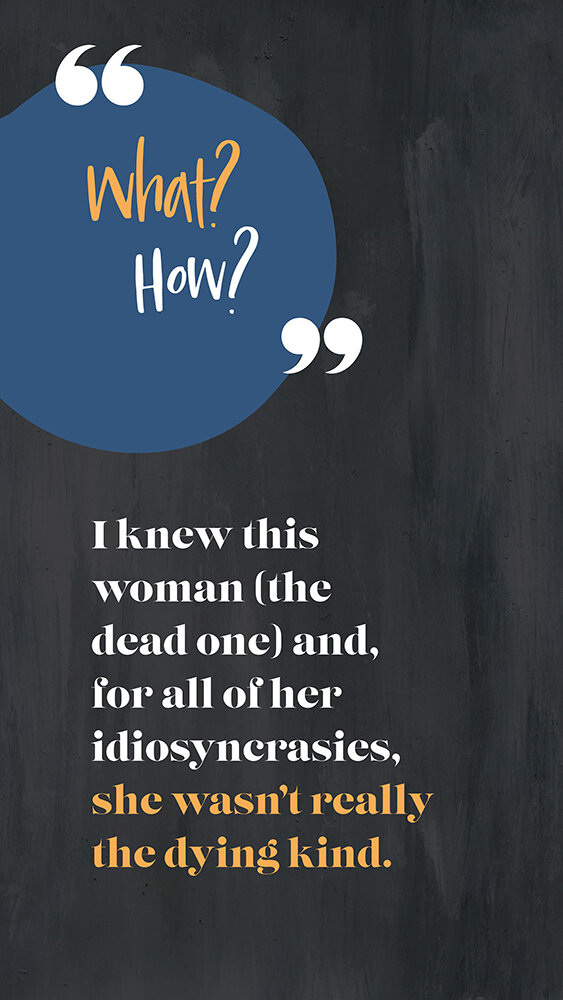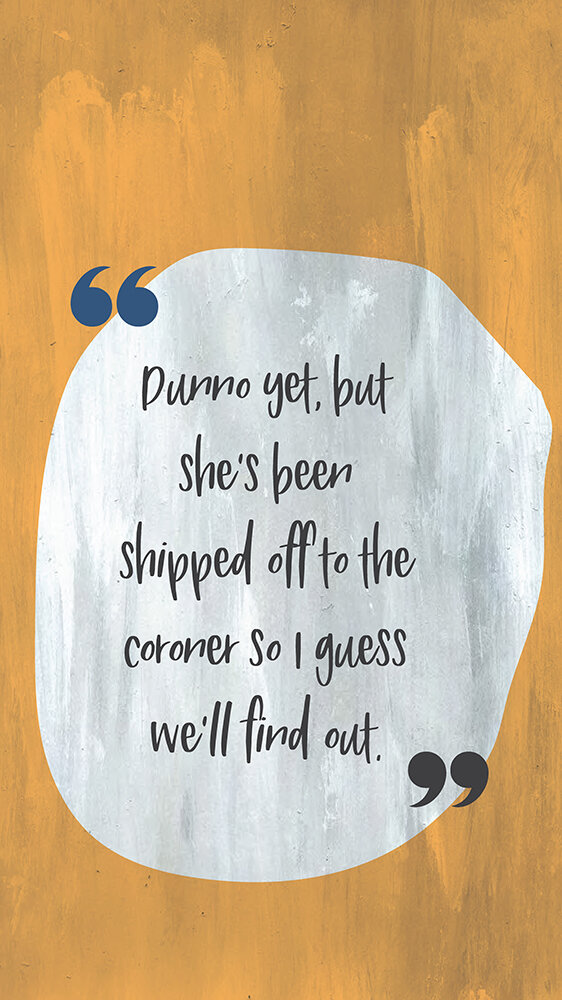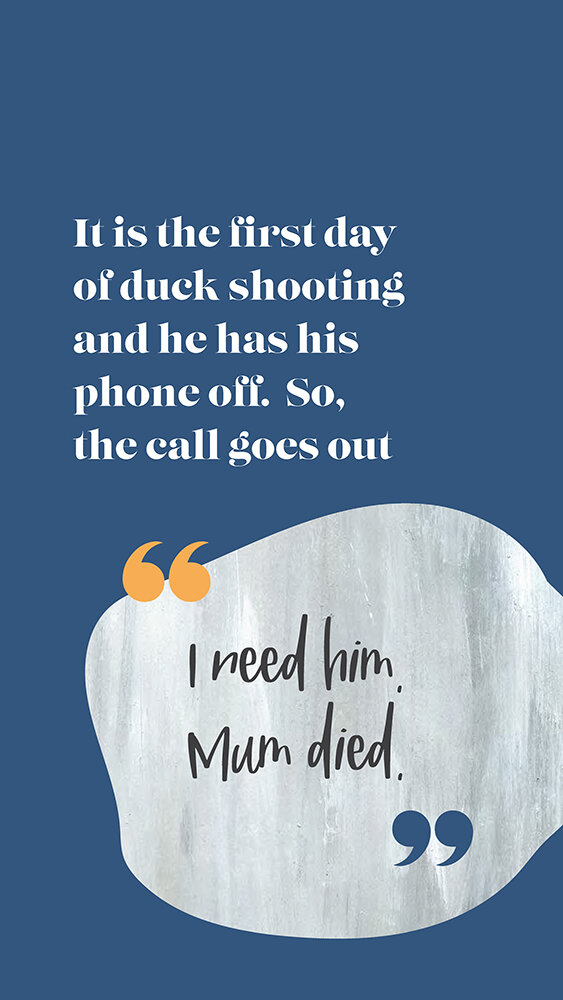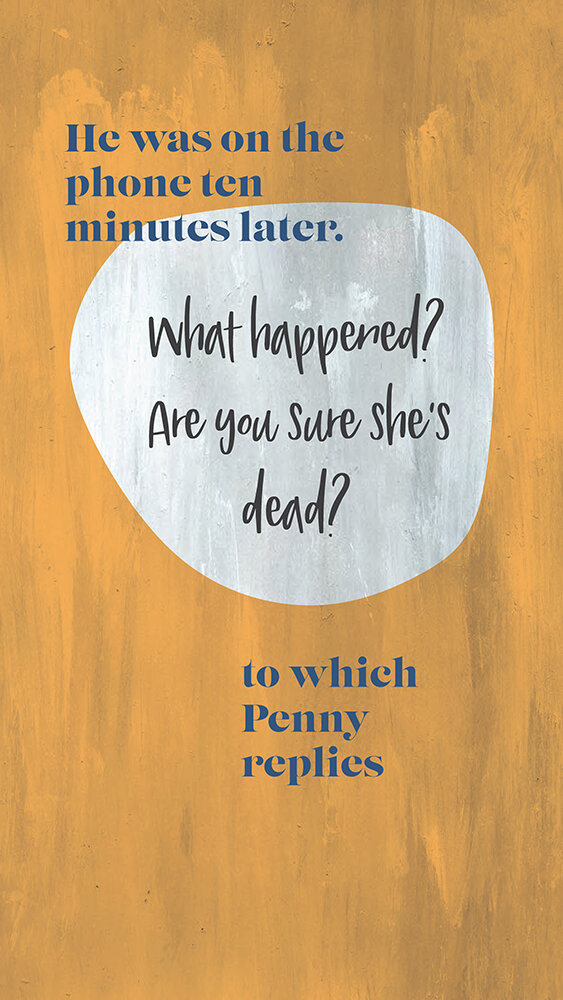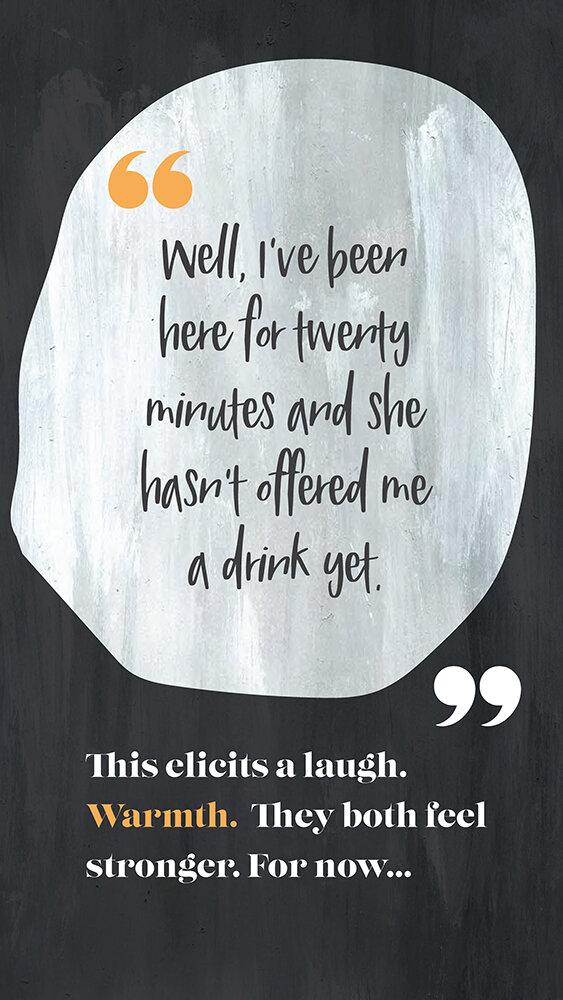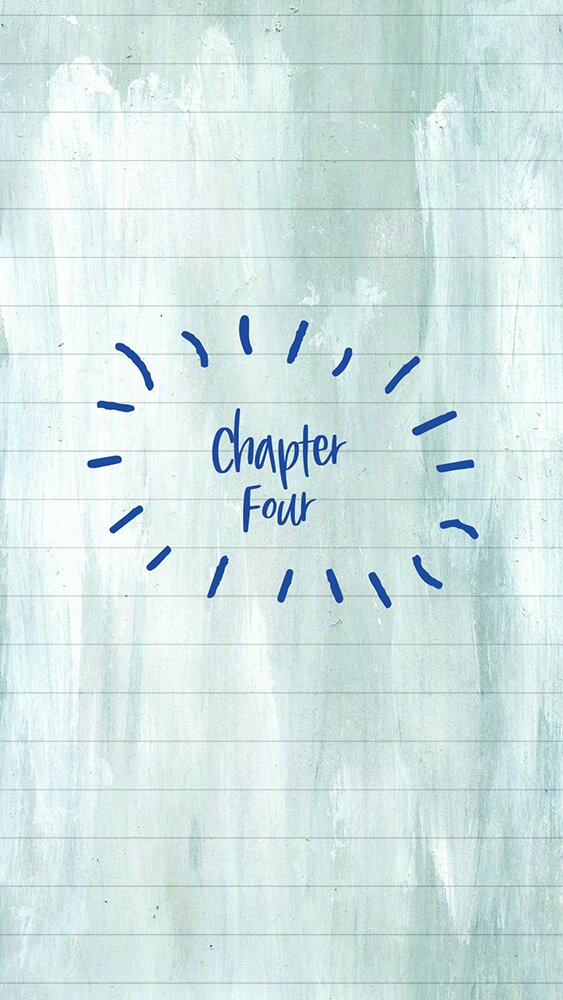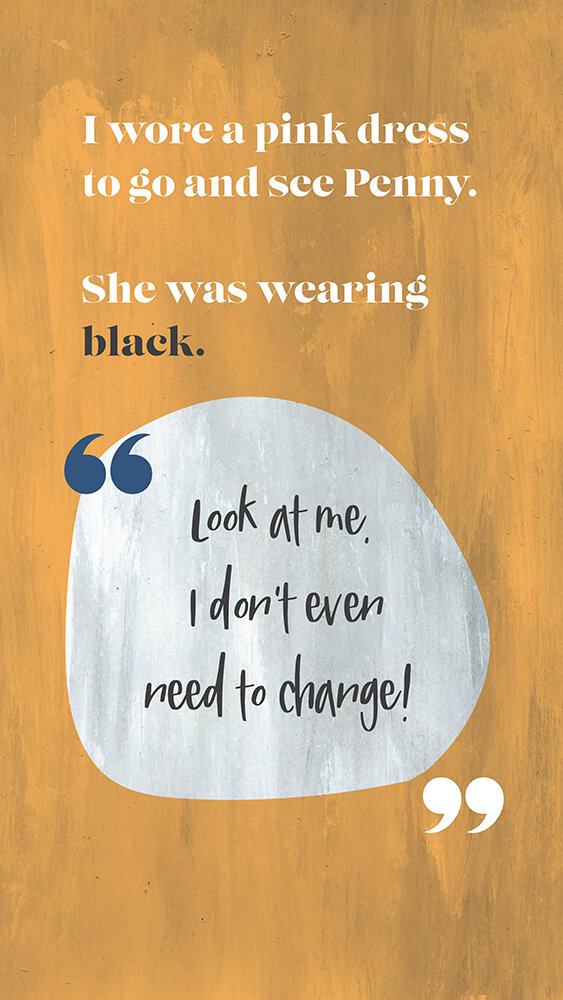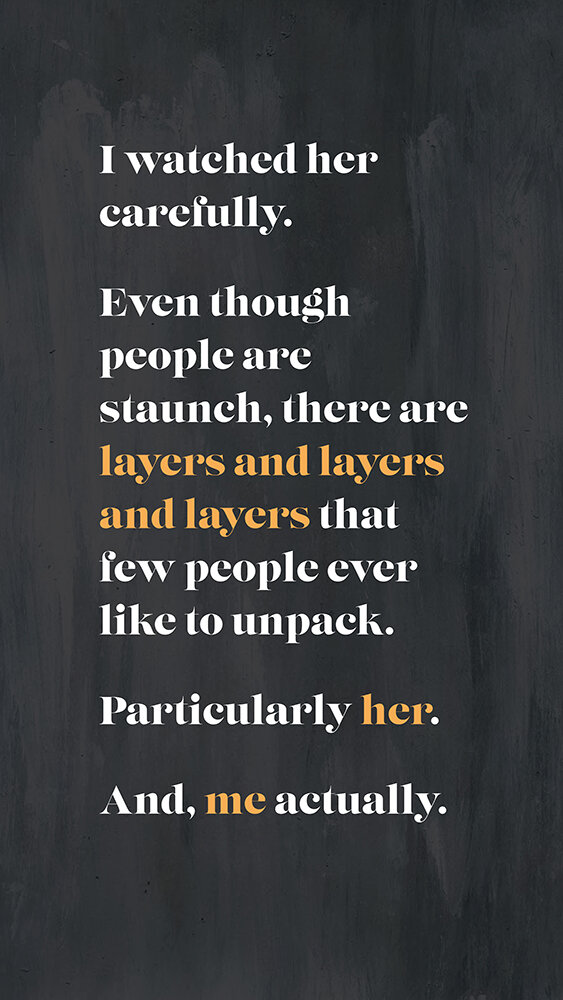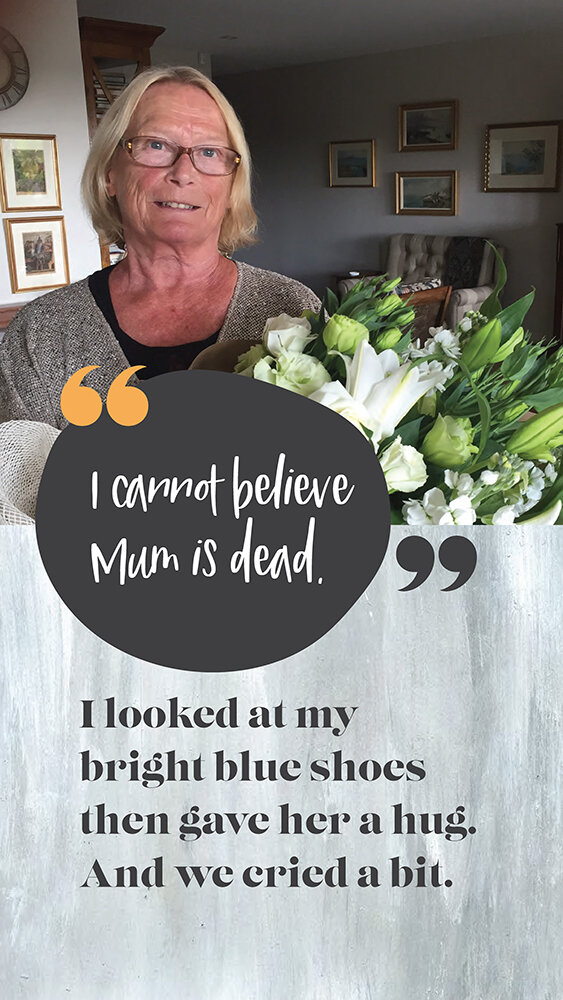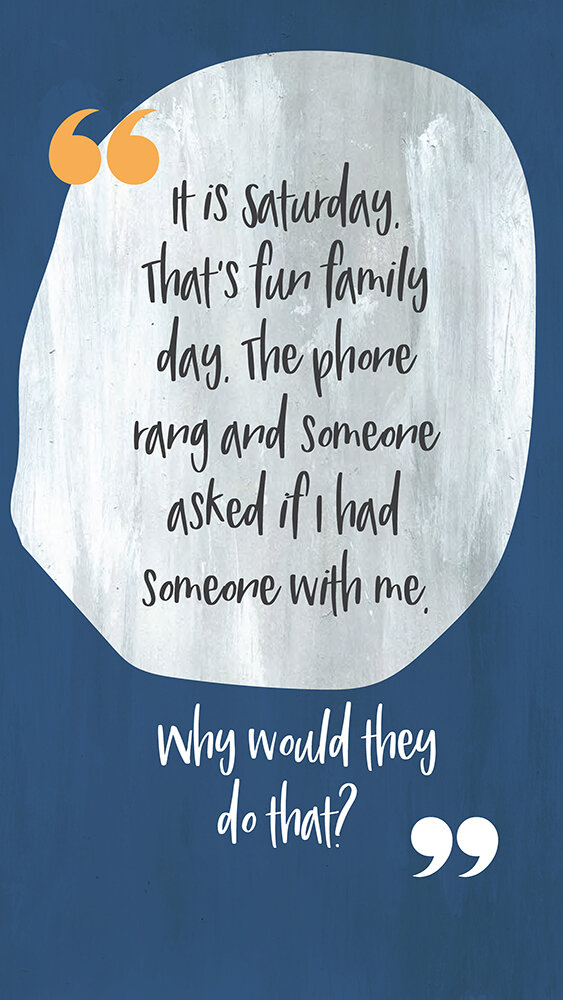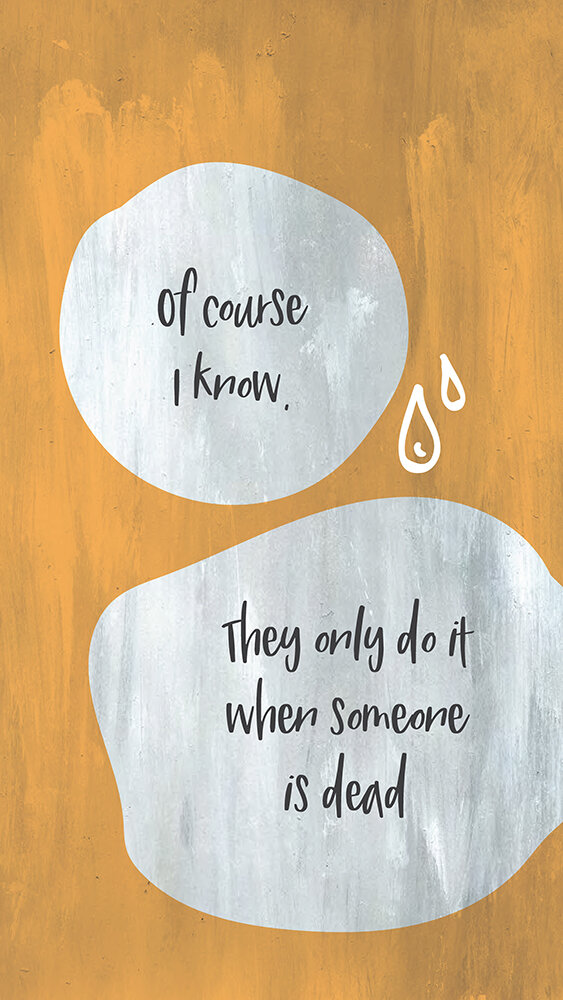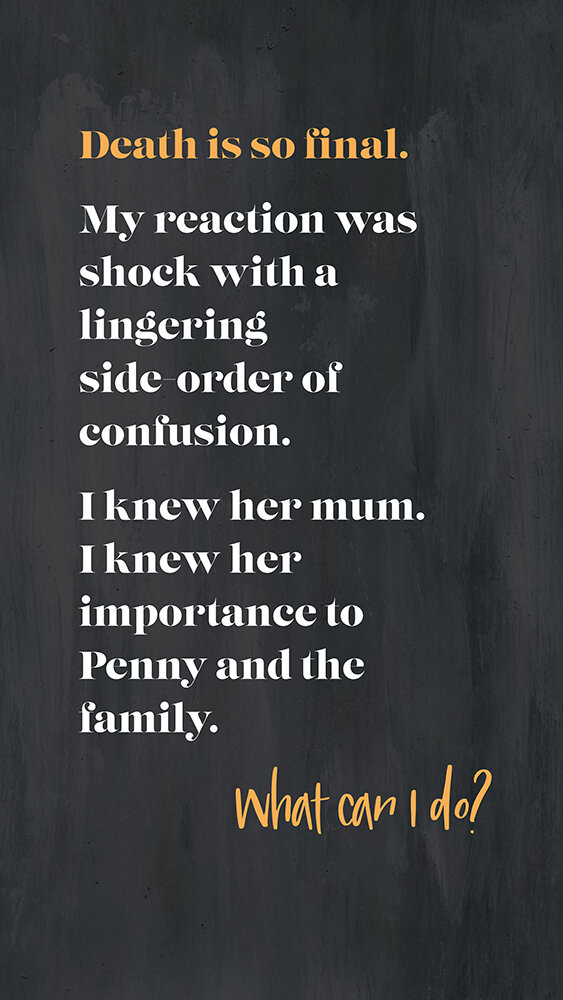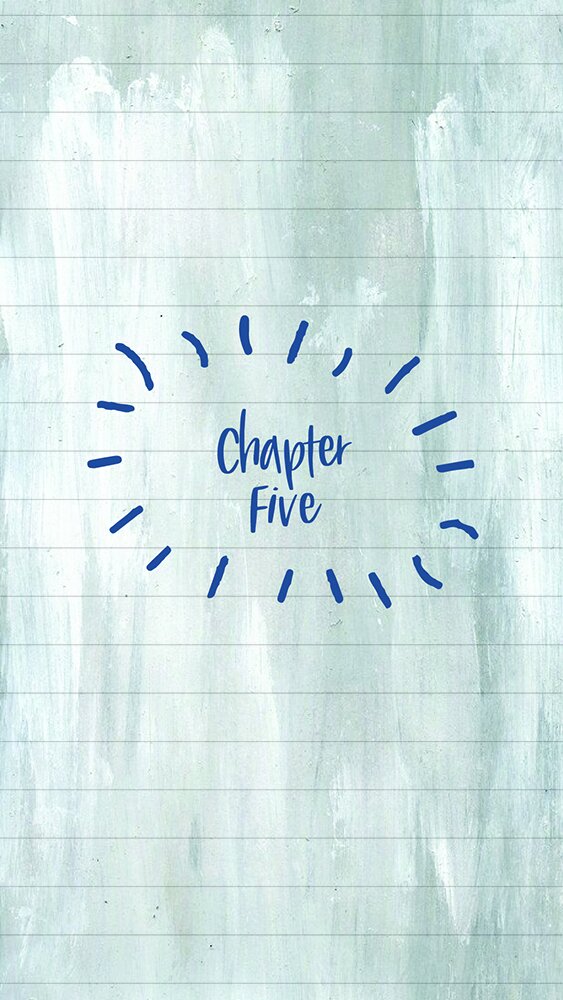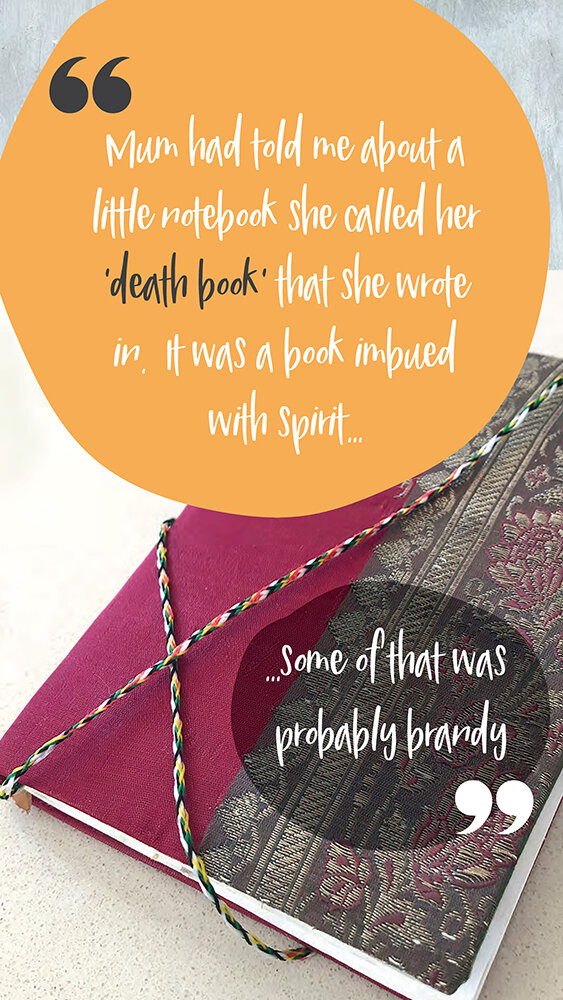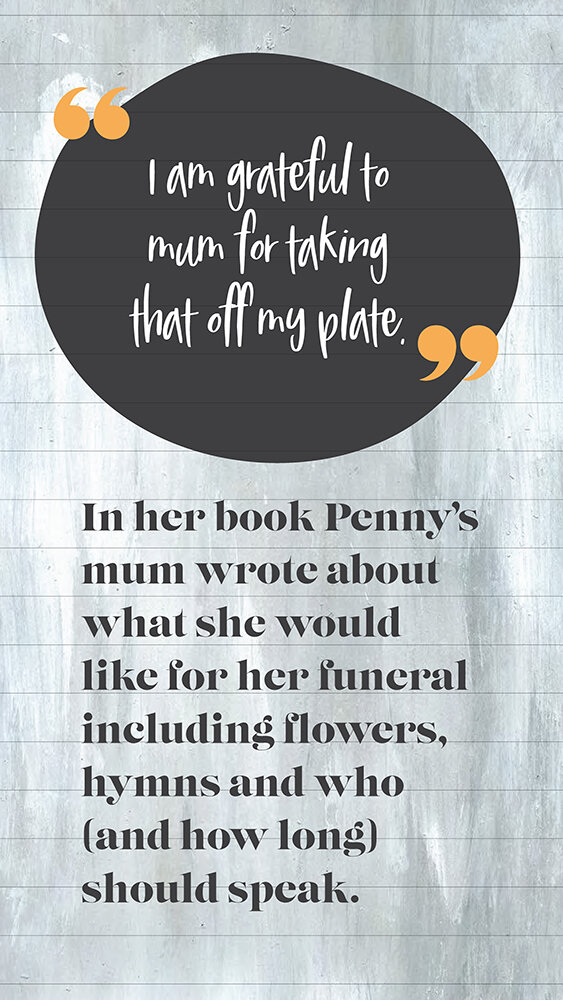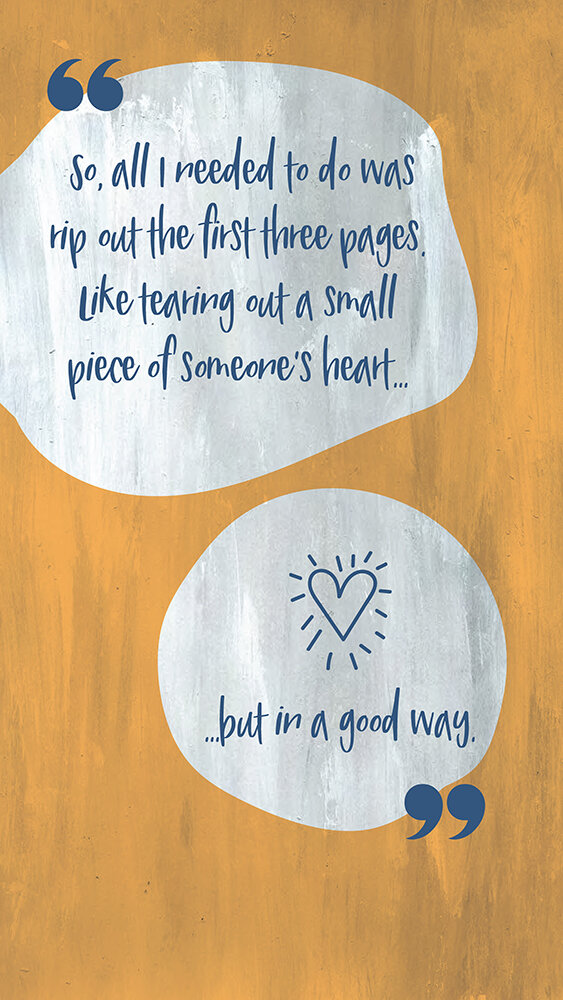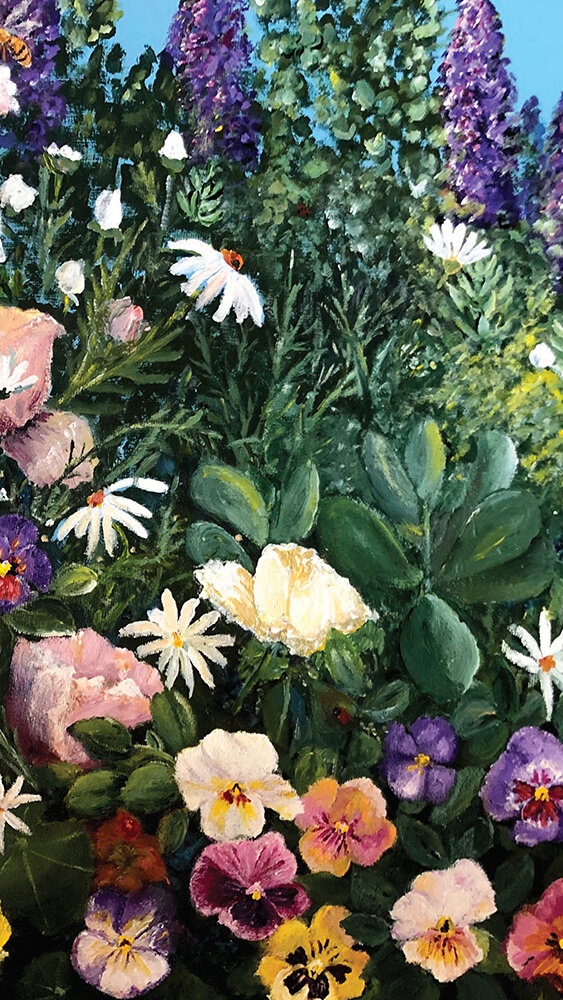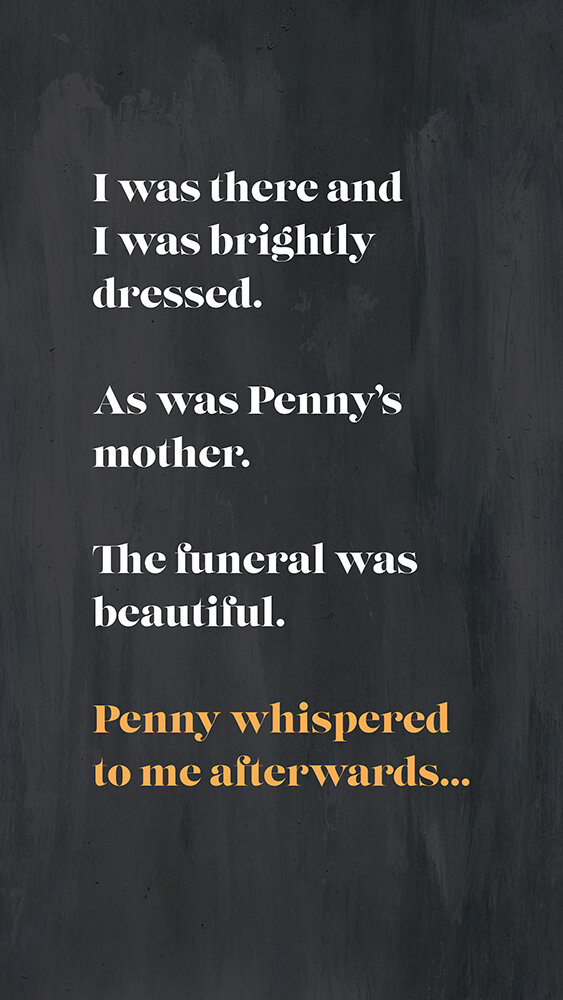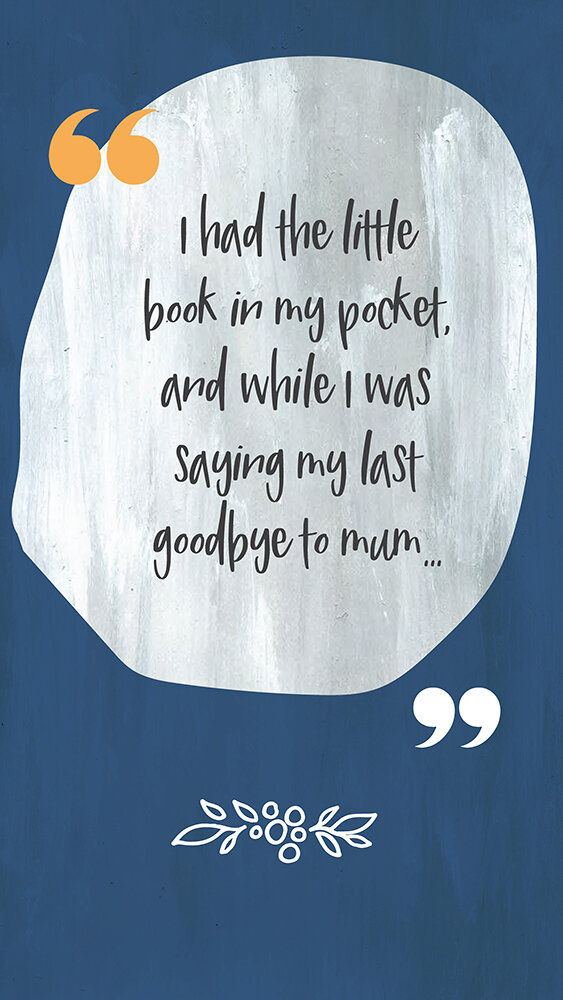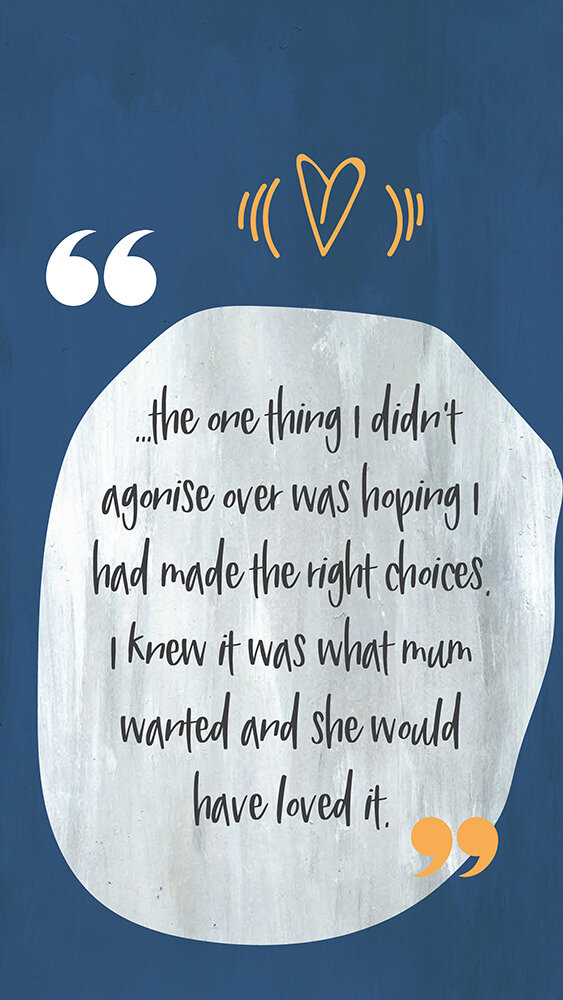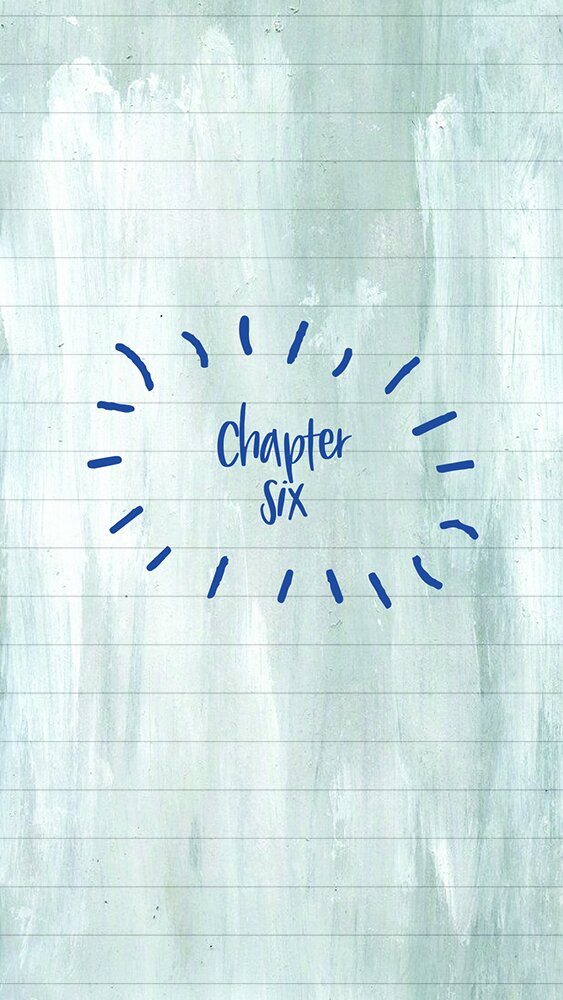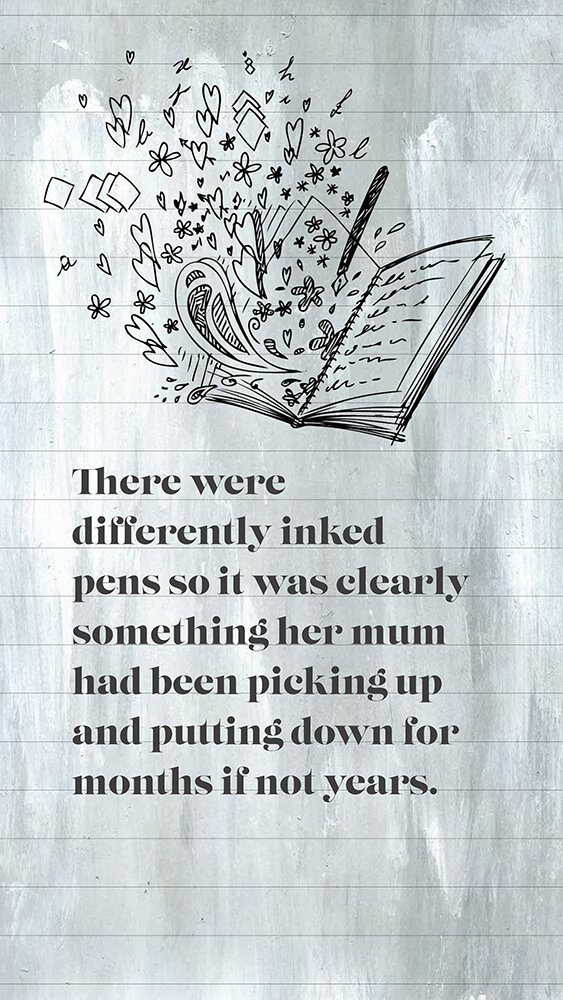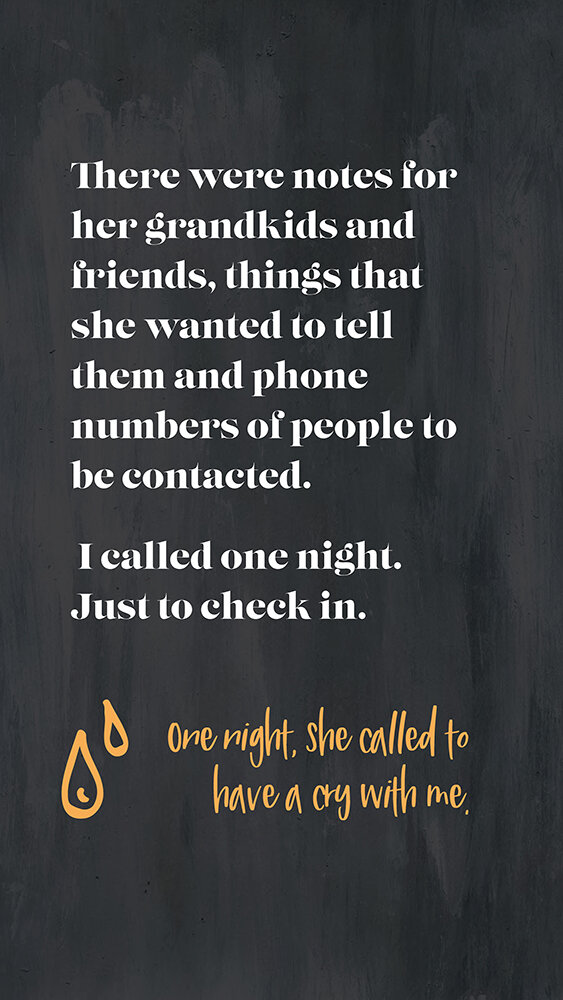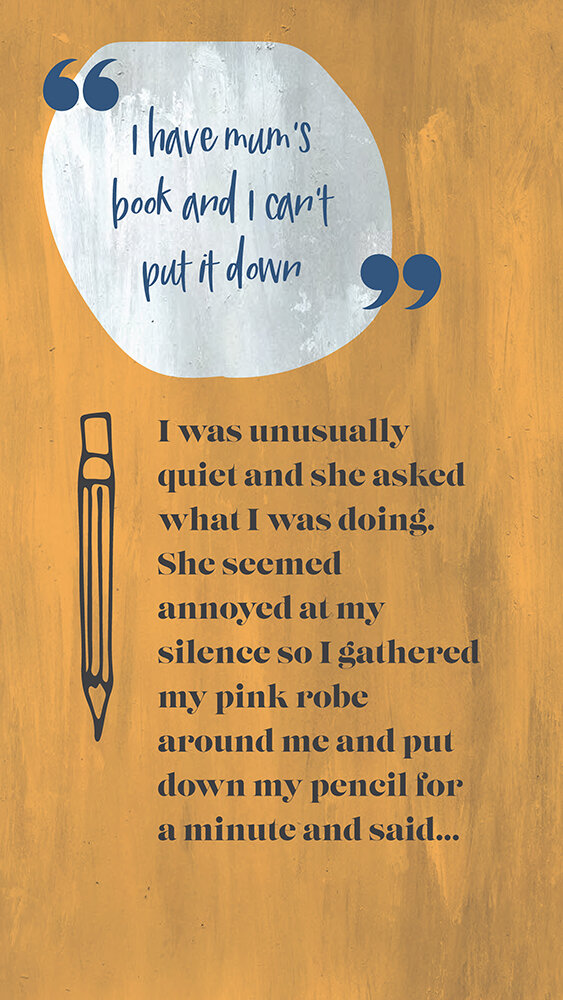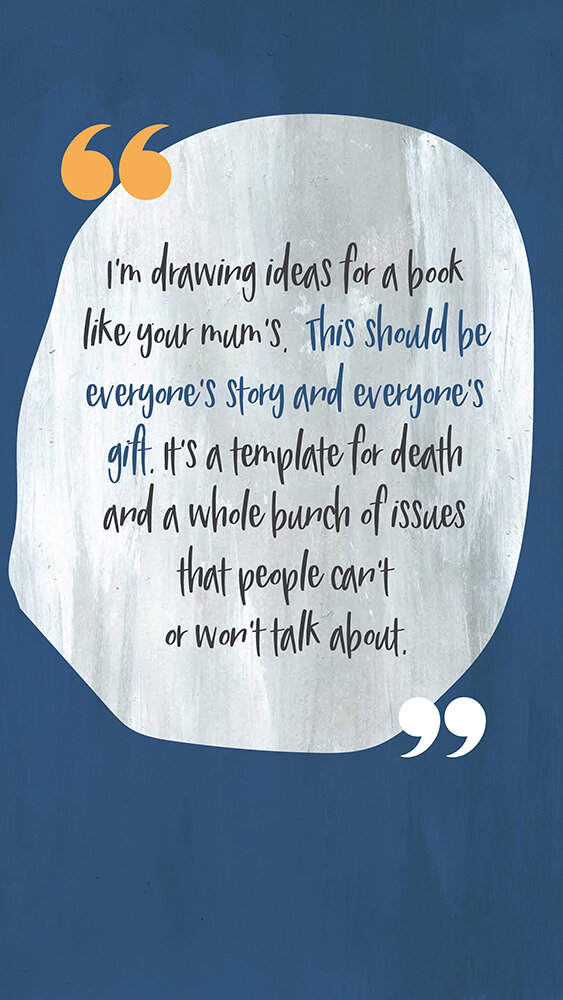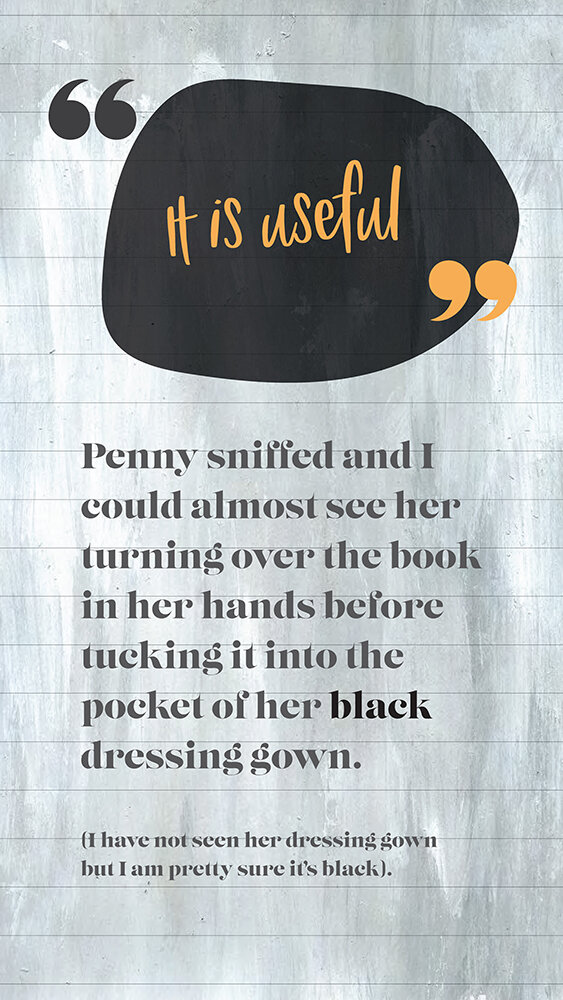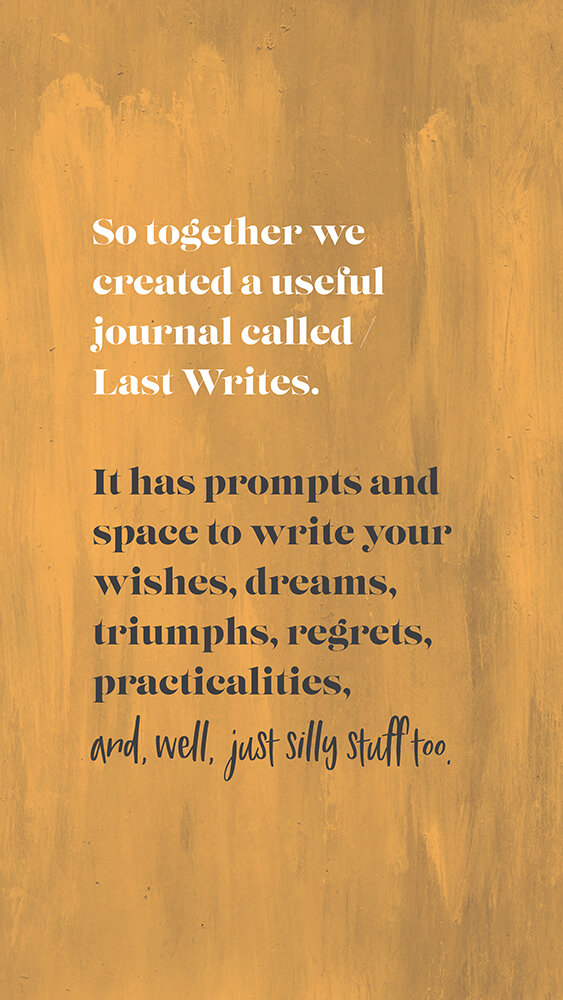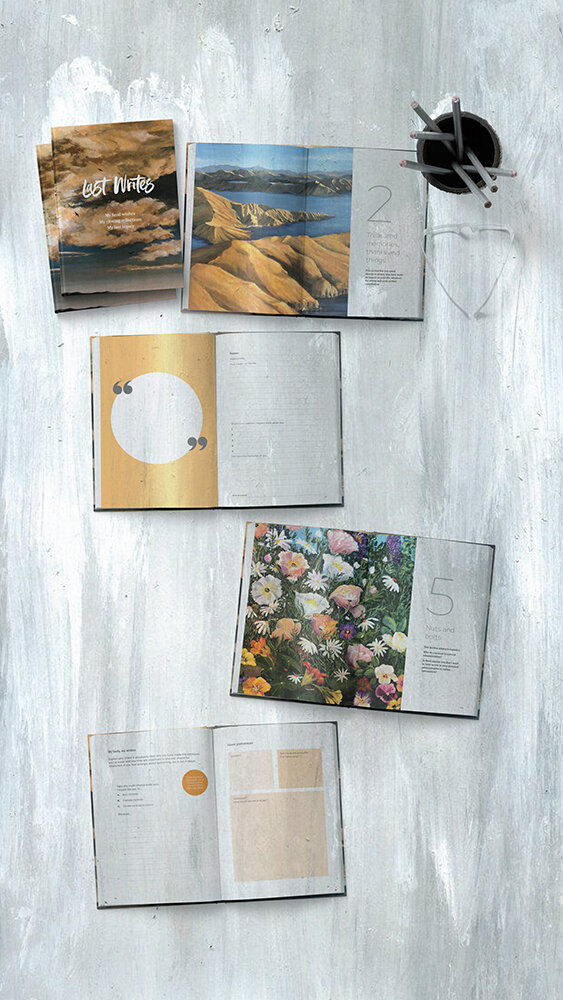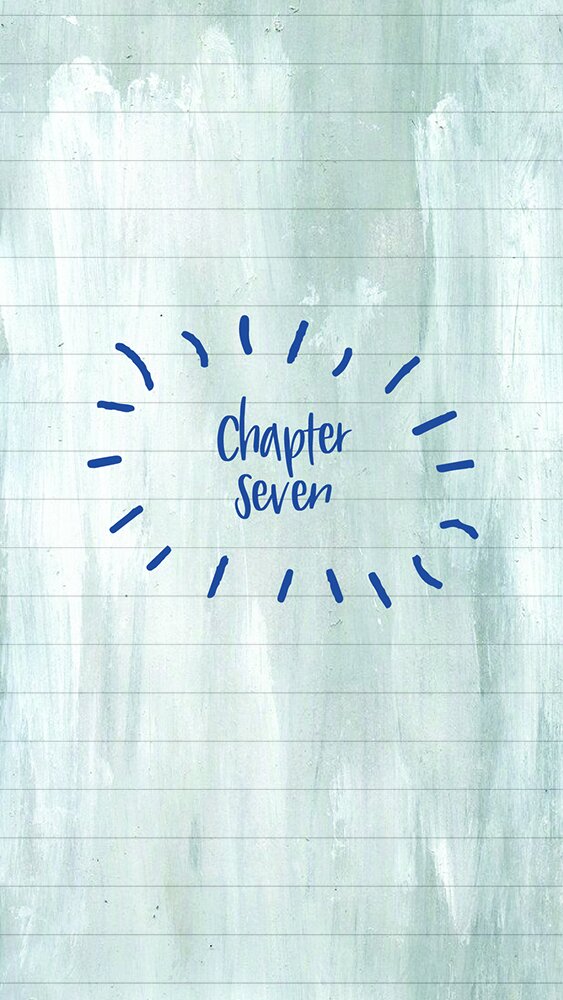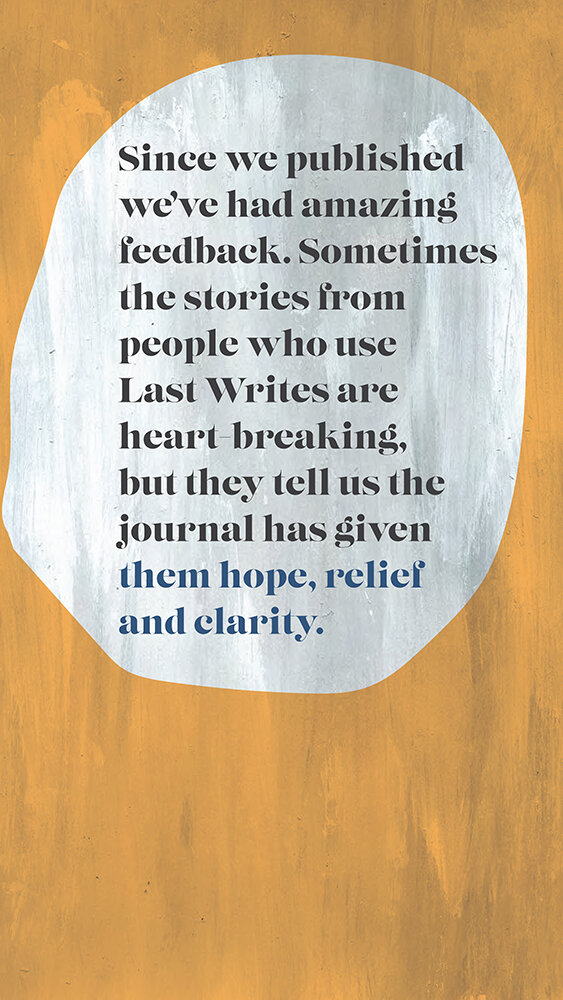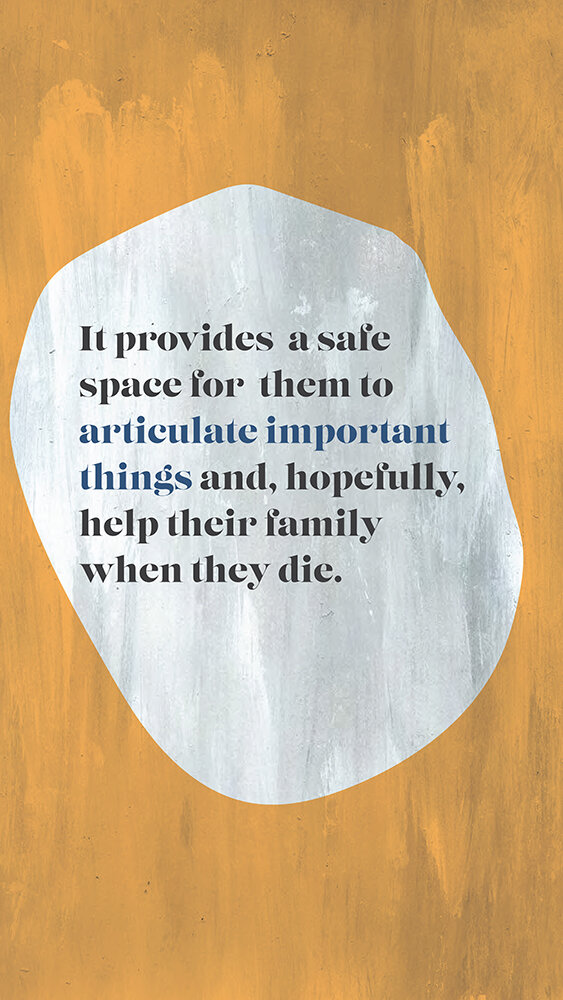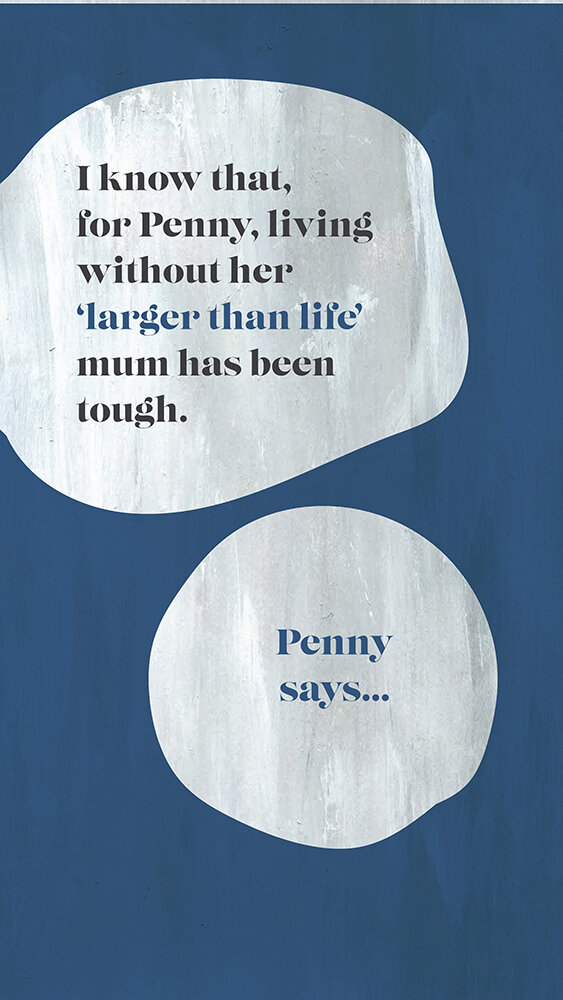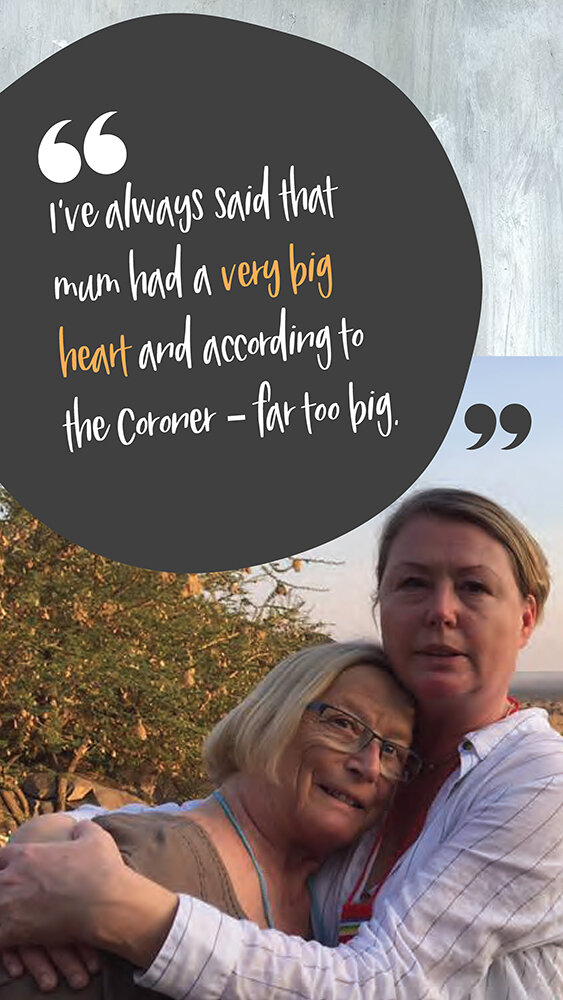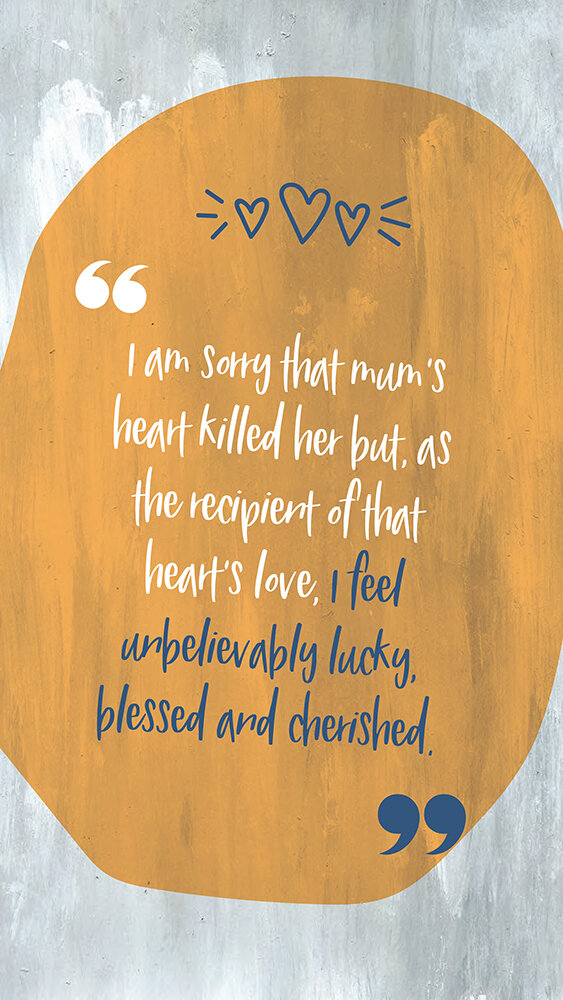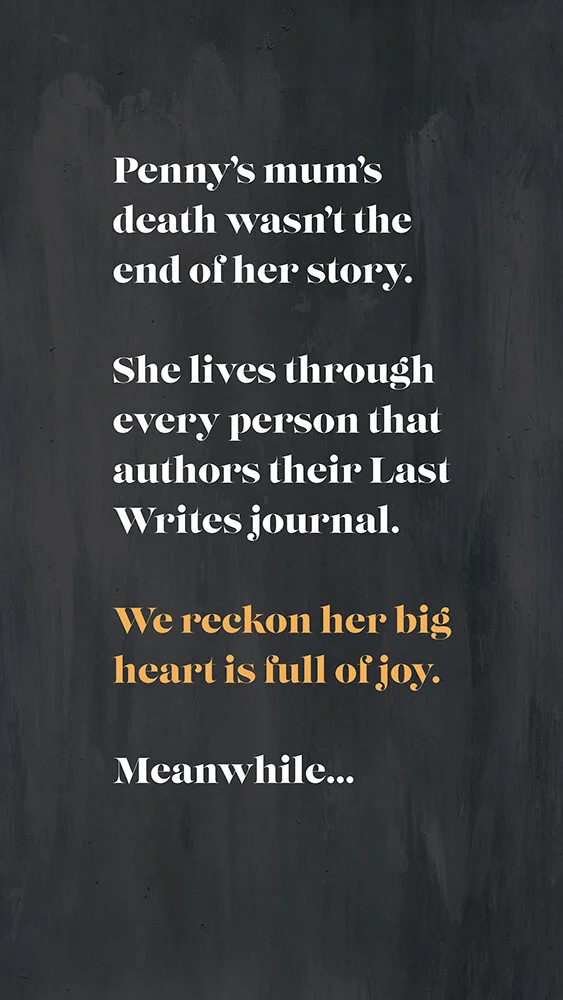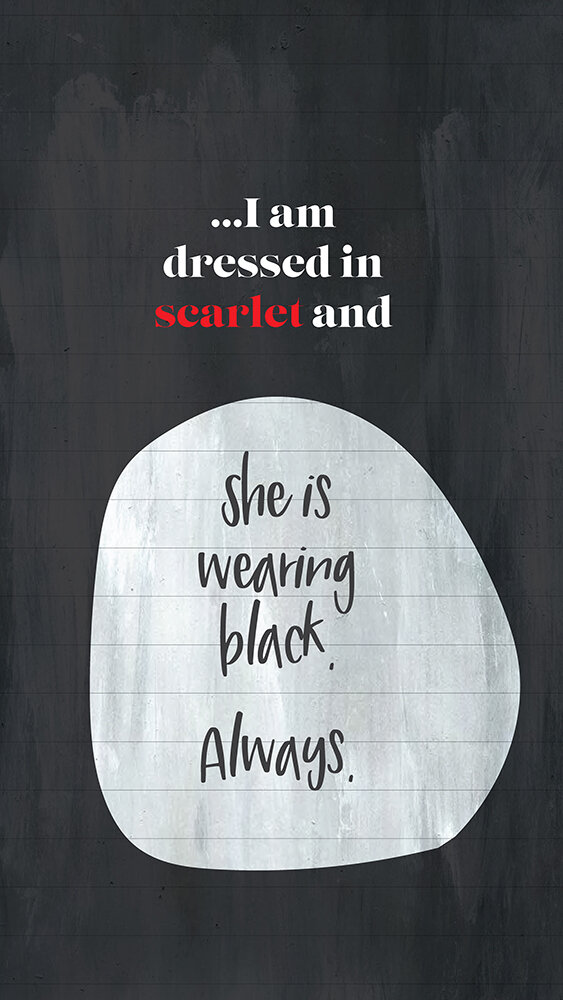This book is a collaboration between two women: one who has lost both parents; and one who still has both.
We are two family-orientated people who got talking about the tricky subject of death and how to manage it.
It was precipitated by the death of a woman known by her ‘tribe’ as Gem…
Last Writes Co-creators Penny Macdonald and Rebecca Zwitser Photo by Focal Point Photos
Penny: Before Gem died, she started writing in a little notebook which she rather flippantly (being the forthright matriarch she was) called her ‘death book.’ In it, she mused about various elements of her passing, including her views on dying and exactly what she wanted in terms of a funeral. She shared opinions. She set out specific things she wanted her grandchildren to have. She included little sentimental things that may have been overlooked in a more formal document.
There were lots of differently-inked pens involved in the creation of the book, so it was clearly something she’d been picking up and putting down over months, if not years. Some random observations about other funerals she’d attended made their way into the book, including the rather pithy reflection that if any of her family members emulated a chap who spoke for forty minutes and bored even the thriving people in the congregation half to death at one such event, they would be disinherited. Good to be clear! Right?
The book was as personal as it was practical. It tackled things that might have otherwise been quite awkward to discuss. It put her views at the forefront of family conversations during a time when grief eclipsed the sheer logistical challenges associated with losing someone terribly important. It was unbelievably helpful.
Gem gifted her children a guide, some insights into how she saw her legacy, and some laughs along the way. Aware of this and on hearing of the book, a number of her friends observed at her funeral that they were going to embark on a similar journey. We decided to help. Last Writes is the result. It’s merely a template. A manual for mortality.
Gem’s funeral was exactly what she would have wanted. She was sent off precisely as she desired. How do I know this? Because I had her little book in my pocket and the ribbons wrapped around it made me feel as secure as one of her hugs.
Rebecca: I often think of a family as being like a piece of fabric, with people being the different threads that are woven together to create the look and feel of the material. Some are vivid in tone and immediately attract attention. Some are subtle and comprised of quieter colours. There are strong fibers that hold the cloth together, while some threads are more fragile but add a softness and subtlety, or a different feel, to the cloth. Fabric can get frayed or torn apart. Sometimes it is stitched back together and sometimes it is not. Whatever the case, there’s a story behind each fold, each crease and each stain. Those stories are important and often they are worth sharing.
My family are fortunate to be close. Pondering life without one of them draws me into upsetting and uncharted territory. When we started compiling this book, it struck me how useful it would be to have a map, or a blueprint, providing guidance in the event that I have to embark on the process of navigating a death in the family. Just as I have I have endeavoured to be responsive to the people whom I love in life, my intention is to reflect their desires and their wishes when they are not here to articulate their preferences. We’re not all extroverts. Some of us hold our most personal thoughts quite close. But rather than saying “I hope this is what they wanted,” I’d prefer to say “I know this is what they wanted.” That’s the practical component of the book.
There’s another equally valid aspect. My husband’s mother died when he was very young. If she had written a Last Writes, with her stories, family memories and special notes, I believe that he and his brother would feel more connected to her. I know they would have derived a great deal of pleasure from sharing more intimate and personal perspectives related to her legacy with the next generation who never got to meet her.
Being more of an artist than a writer, I hope that people will populate the pages with whatever sort of scribbles reflect their thoughts on any given topic. My book is going to look colourful when I have finished it and, as I adore and collect textiles, there may just be one of two of my favourite pieces of fabric tucked between the leaves. Perhaps they might flutter out and make someone smile. That is my hope.
But we’re not the authors of this book.
Anyone who has one in their possession is the author of their own Last Writes. We’re just hoping that, as was the case for Penny, people might take some time to give their families the gifts of clarity, candour and consideration.
That is the purpose of the Last Writes. We are hoping people will support it and share it. It is simply about people.
She wears black. Always.
As it turns out, her death wasn’t the end of her story.
To celebrate the one year anniversary of Last Writes we created a seven chapter story series. It's about how the Last Writes journal came about and the woman that inspired its creation.


